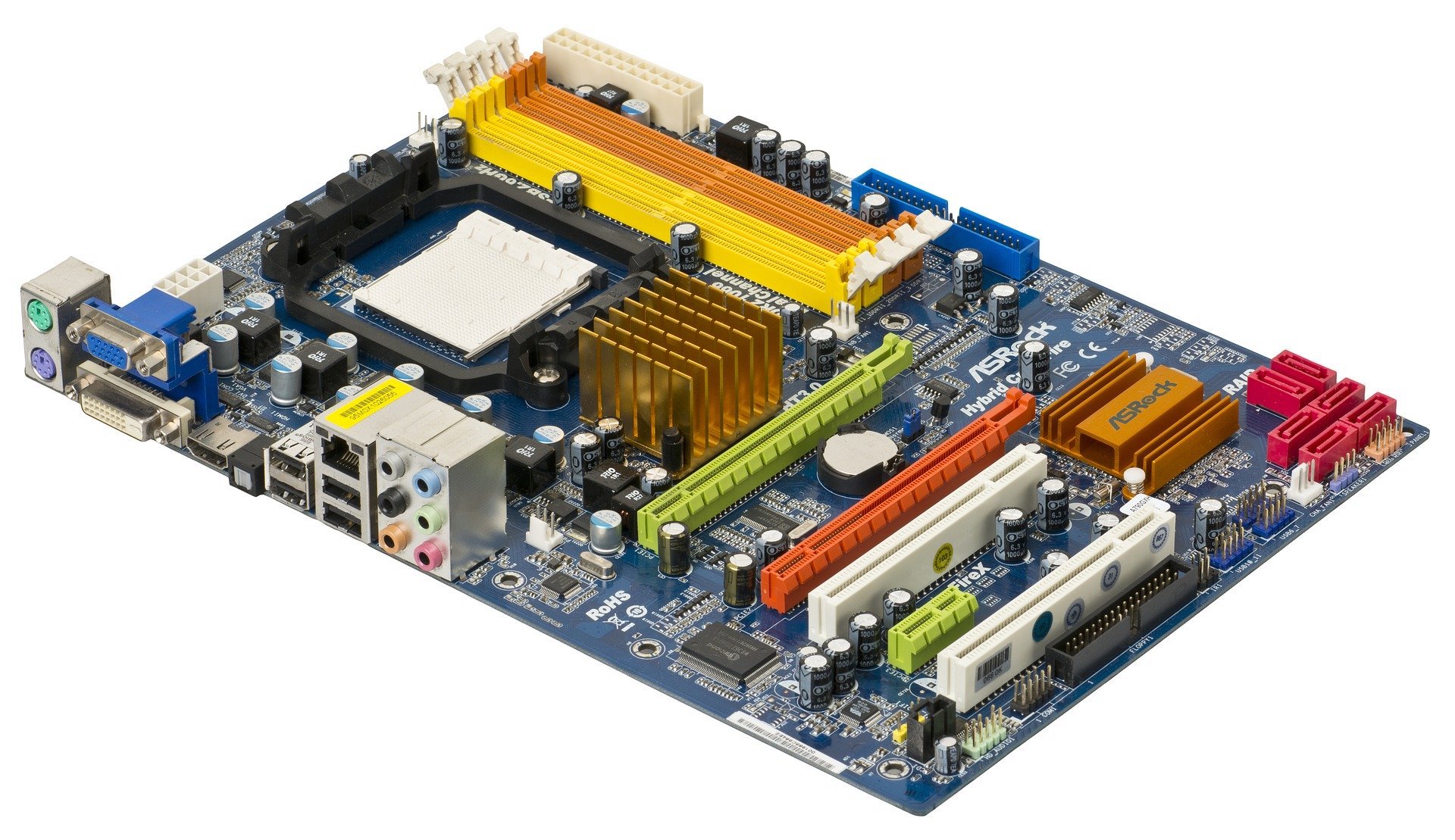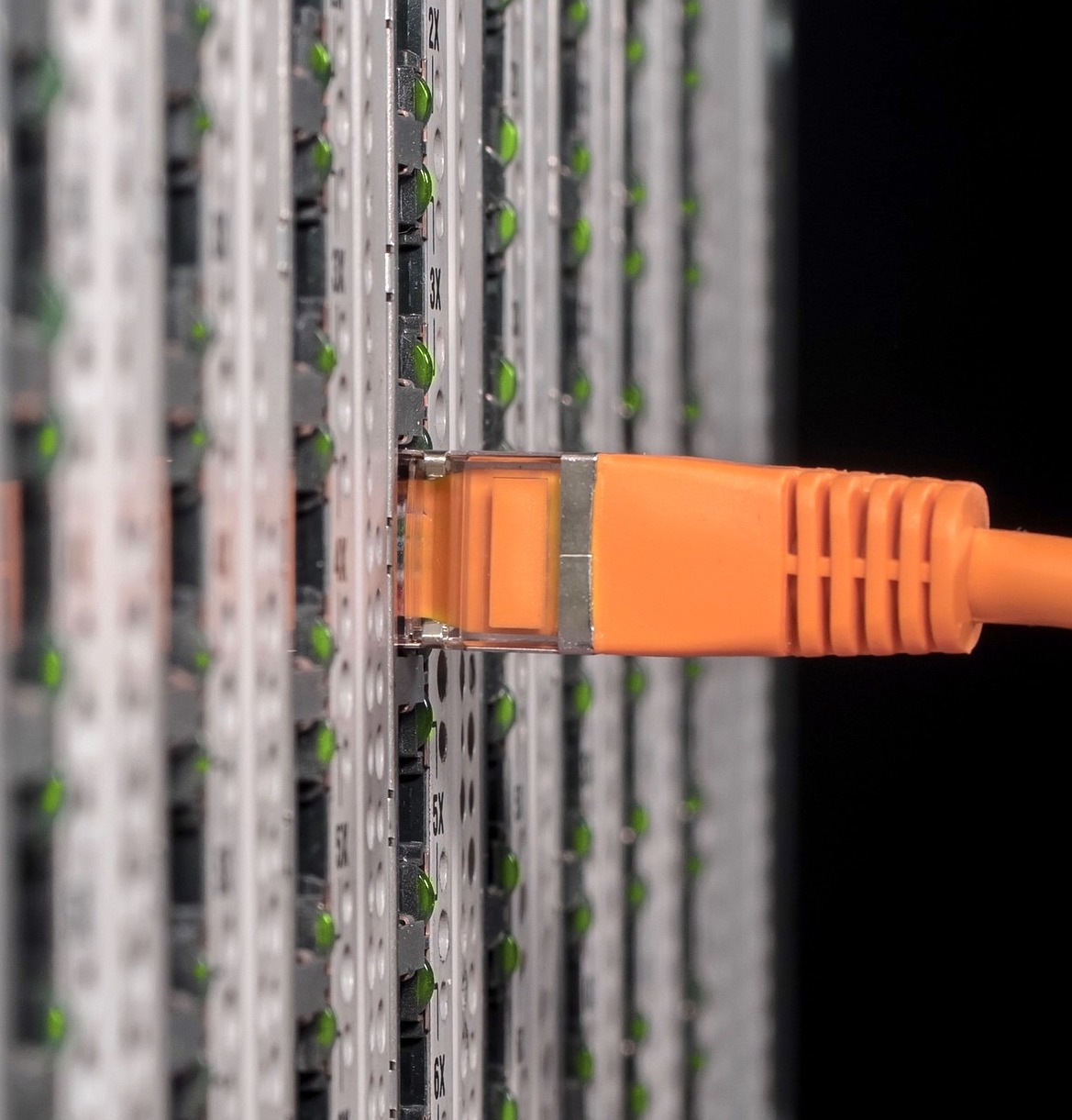Top 12 Technology Trends: Significant Electronic Technology Trends Over the Past 20 Years
The arrival of new, category-defining products and technologies has significantly impacted the connector industry in recent decades. We take a look at the evolution of these electronic technology trends.
 We are beginning a series of articles that will review 12 technology trends that have had a significant impact on the electronic industry and, in some cases, our daily lives. Our goal is not to just identify the important trends but to show how these trends have changed over the past decades.
We are beginning a series of articles that will review 12 technology trends that have had a significant impact on the electronic industry and, in some cases, our daily lives. Our goal is not to just identify the important trends but to show how these trends have changed over the past decades.
We selected 2000 as our starting point and then addressed how each trend changed between 2010 and 2020. At some point, we will try projecting these technology trends out to 2030. We would appreciate knowing your thoughts on the progression of these trends into this new decade, so please feel free to comment below.
Few would argue that the evolution of electronic devices over the past 20 years has been nothing short of incredible. Beginning in the 1940s, the introduction of new electronic equipment has totally altered the way we live, communicate, and get things done. Comparisons between the rate of technological advances in semiconductors to advances in industries such as air transport and automotive leave these relatively lumbering transportation technologies in the dust. The logarithmic improvements in performance, miniaturization, functionality, user volumes, and cost reductions in semiconductors and the innovations they empower have been unmatched in history.

This rapid transformation has created entirely new product categories, such as smartphones, flat-screen digital televisions, and digital imaging, which have often resulted in the complete annihilation of long-established products. Continuous introduction of new devices with improved features has greatly shortened the design and expected life cycle of equipment. The average smartphone is replaced every two to three years. Some products will be recycled before the battery needs replacement.
This accelerating rate of change also impacts the electronic connector industry. Connector manufacturers must constantly upgrade the performance of their interconnects in order to satisfy challenging application demands for higher speed, reduced size, and global availability. High-speed backplane connectors, for instance, have experienced major upgrades of signal integrity over the past 10 years as data center applications drive improvements. Several large suppliers have aggressively acquired manufacturers of synergistic products such as electronic sensors, RF antennas, semiconductors, and silicon photonic devices as fast-growing new business opportunities demand these connector-adjacent technologies.

To illustrate the progression of selected technology trends that have evolved over the past 20 years, we have assembled a list of 12 electronic product technologies that can be considered to be a representative proxy of the electronic industry. These selections will likely continue to have a significant impact on the connector industry for many years into the future.
| 2000 | 2010 | 2020 |
| USB 1.0 at 1.5Mb/s | USB 3.0 at 5Gb/s | USB 4 at up to 40Gb/s |
| Blackberry | iPhone | Smartphones as a universal interface device |
| 3G cellular | 4G cellular | 5G cellular |
| 3.125Gb/s NRZ | 25Gb/s NRZ | 112Gb/s PAM4 |
| Rise of data centers | Cloud computing | Edge/Fog computing |
| Copper circuits | Increasing fiber options | Silicon photonics/expanded beam technology |
| Many proprietary connectors | Licensed second-sourced connectors | Rise of open component/system standards |
| PCIe 1.0 at 2.5GT/s | PCIe 3.0 at 8GT/s | PCIe 5.0 at 32GT/s |
| 10GbE | 40/100GbE | 200/400GbE |
| Multilayer enhanced FR4 backplanes | Multilayer high-performance laminate backplanes | Orthogonal midplane, cable backplanes, twinax cabling |
| Chip feature size 90nm | Chip feature size 32nm | Chip feature size 5–10nm |
| Antenna TV | Cable TV | Streaming TV |
(Please note that the order of these 12 electronic product technologies is arbitrary, with no intent to indicate a level of relative importance.)
One could suggest many more important candidates for inclusion on this list. Cars have evolved from cruise control to semi-autonomous steering. Access to broadband internet has been expanded to enable the Internet of Everything. Incandescent light bulbs were obsoleted first by compact fluorescent and more recently by LED bulbs. Microprocessors are being supplemented with field programmable gate arrays, multicore processors, and complete systems on chips (SoCs).
Over the next year, we will publish a series of articles that will explore each of these 12 electronic technology trends in greater depth to provide some background on their origin and rapid progression, as well as how they may impact the design and utilization of electronic connectors in the future. We welcome your comments and suggestions as we investigate these topics. Please comment below to share your thoughts.
Like this article? Check out our other Bob Hult 12 Technology Trends, Market Update and Industry Facts and Figures articles, our Consumer Electronics Market Page, and our 2020 and 2019 Article Archives.
- Optics Outpace Copper at OFC 2024 - April 16, 2024
- Digital Lighting Enhances your Theatrical Experience - March 5, 2024
- DesignCon 2024 in Review - February 13, 2024





